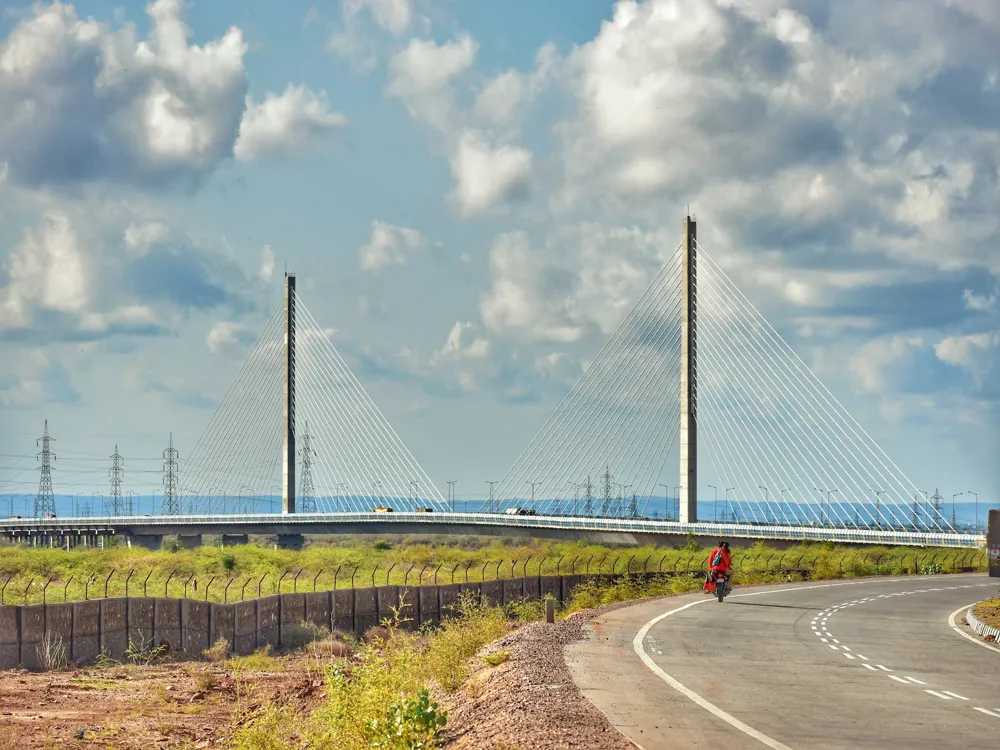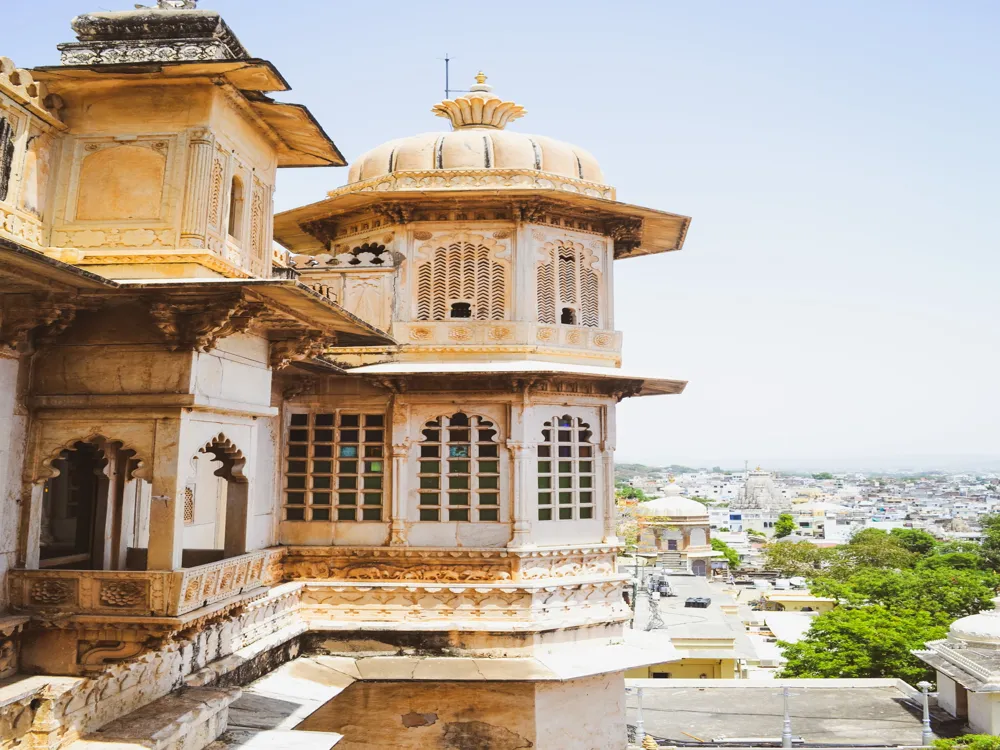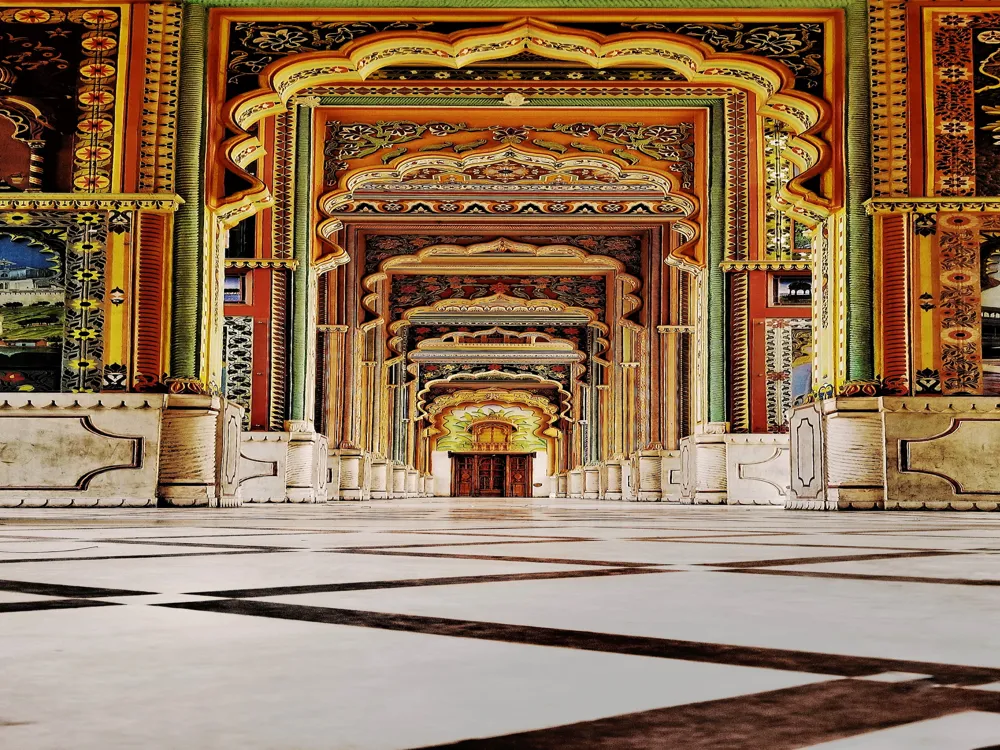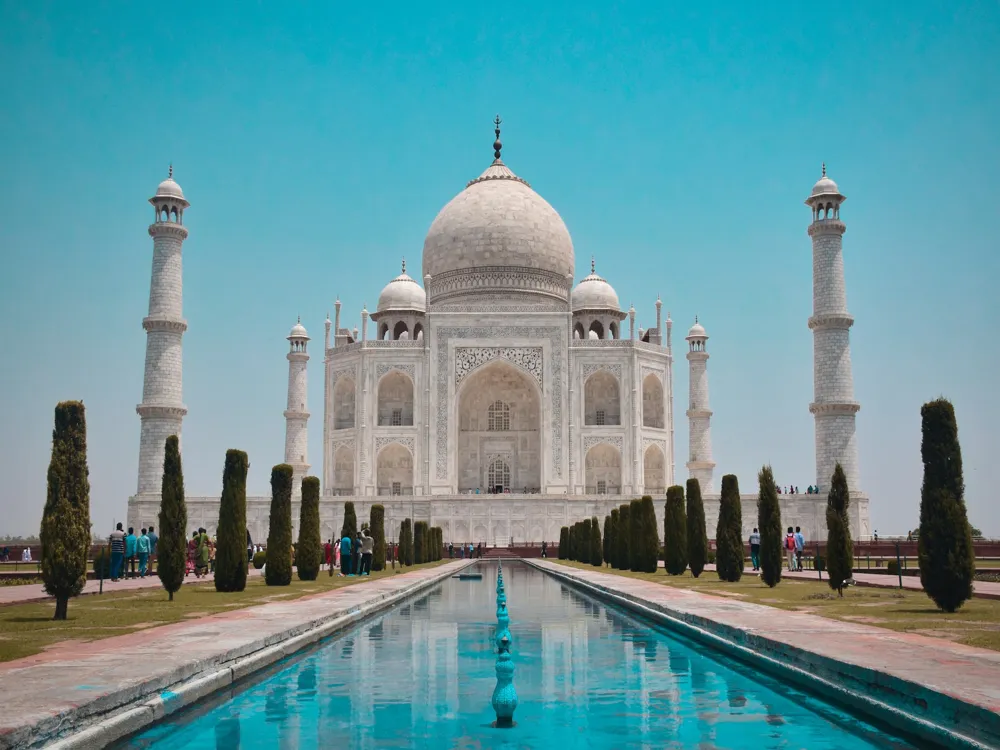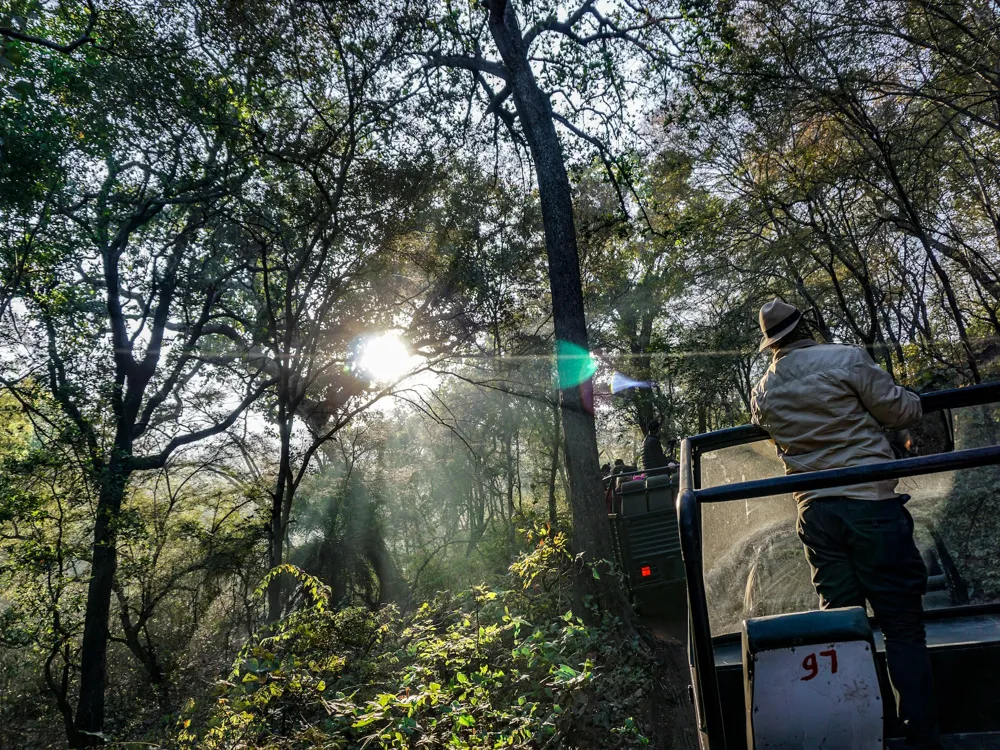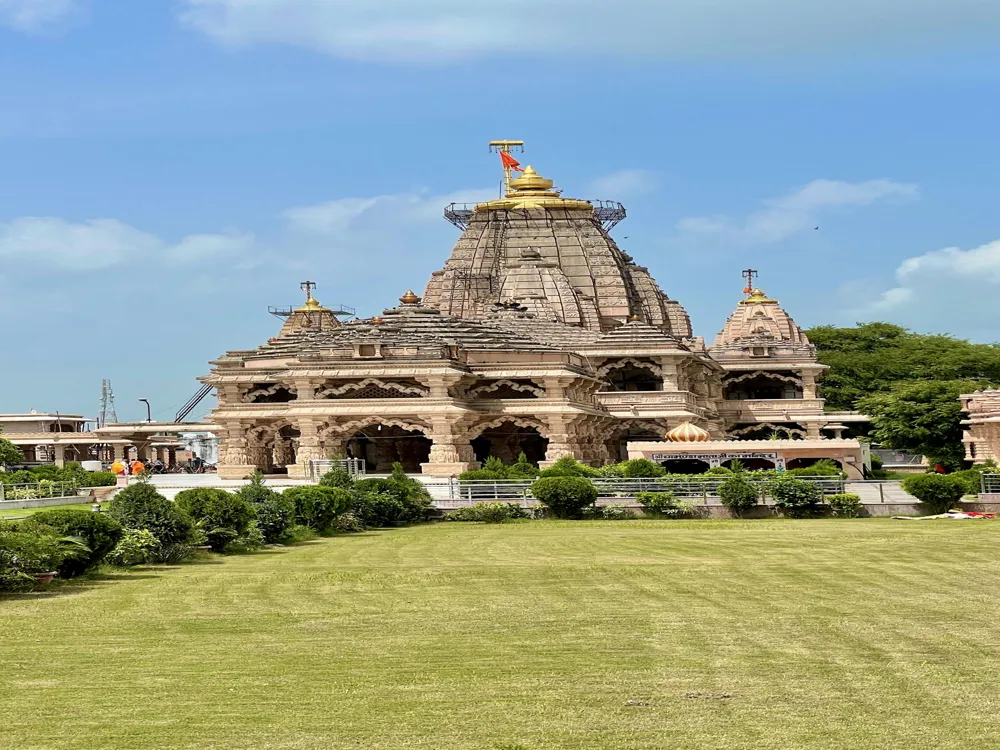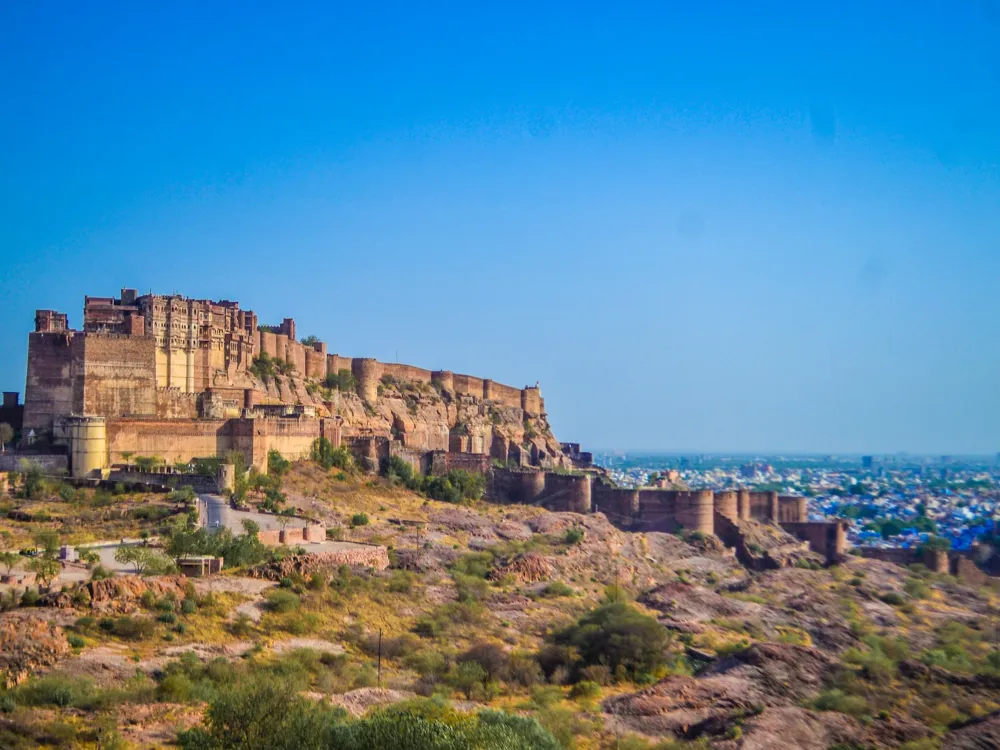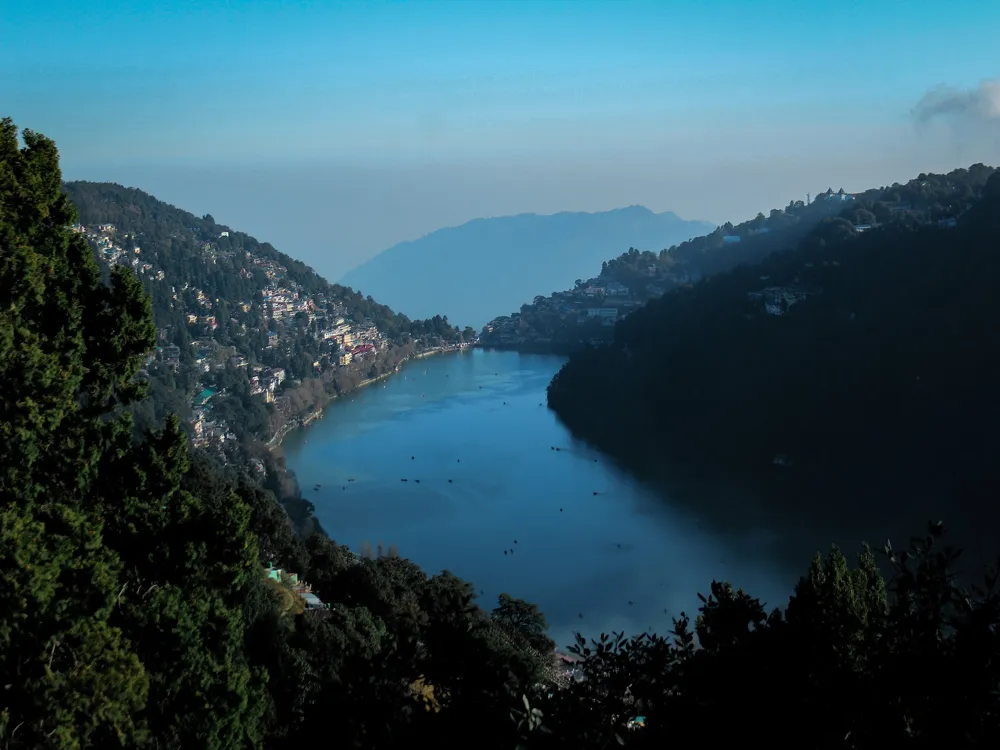Nestled in the rugged terrain of Kota, Rajasthan, Darrah Wildlife Sanctuary is a hidden gem that boasts of rich biodiversity and a fascinating history. Spanning over 250 square kilometers, this sanctuary was originally a royal hunting ground of the Maharajas of Kota. Today, it stands as a testament to India's commitment to conservation and biodiversity. The sanctuary is a haven for wildlife enthusiasts and nature lovers, offering a glimpse into the vibrant and diverse flora and fauna of Rajasthan. Darrah Wildlife Sanctuary's landscape is characterized by thick forests, deep valleys, and winding rivers, creating a unique ecosystem that supports a wide variety of wildlife. The sanctuary is home to species such as leopards, sloth bears, chinkara, and wild boar, as well as a plethora of bird species. Its rich biodiversity is complemented by the lush vegetation that includes teak, bamboo, and mixed dry deciduous forests. The flora and fauna here coexist in a delicate balance, making it a vital area for ecological studies and conservation efforts. The sanctuary's history dates back to the 18th century, reflecting the region's royal heritage and its transition to a protected reserve. Visitors to Darrah Wildlife Sanctuary can explore the remnants of its historical past, including ancient forts and palaces, which are scattered throughout the forest. These historical structures blend seamlessly with the natural landscape, offering a unique and enriching experience for those who tread its paths. The sanctuary not only serves as a refuge for wildlife but also as a living museum showcasing the rich cultural and historical legacy of Rajasthan. Darrah Wildlife Sanctuary is not just about wildlife and history. It's a place where visitors can immerse themselves in nature's serenity. The sanctuary offers a plethora of activities, from jeep safaris and guided nature walks to bird watching and photography. Each visit promises an adventure, an opportunity to disconnect from the hustle and bustle of city life and reconnect with nature. Whether you're an avid wildlife enthusiast, a history buff, or simply in search of tranquility, Darrah Wildlife Sanctuary is a destination that should not be missed. The architecture of Darrah Wildlife Sanctuary is a unique blend of natural beauty and historical significance. The sanctuary's terrain is dotted with ancient architectural marvels, primarily the remnants of forts and palaces built by the rulers of Kota. These historical structures are significant not just for their architectural beauty but also for their historical and cultural value, offering a glimpse into the region's glorious past. The main architectural highlight within Darrah Wildlife Sanctuary is the Jhalawar Fort, an imposing structure that stands as a testament to the region's rich history. Built in the 18th century, this fort is a fine example of Rajput architecture, characterized by high walls, intricate carvings, and grand gateways. The fort, set against the backdrop of dense forests and rugged terrain, creates a picturesque and surreal setting that transports visitors back in time. Besides the Jhalawar Fort, the sanctuary is home to several other smaller forts and palaces. These structures were once used as hunting lodges and royal retreats by the Maharajas of Kota. The architecture of these lodges is simpler yet elegant, with detailed stone work, arched doorways, and traditional Rajasthani designs. They are strategically located, offering stunning views of the surrounding wilderness and serving as vantage points for observing wildlife. The blending of historical architecture with the natural landscape is what makes Darrah Wildlife Sanctuary's architecture unique. The forts and palaces are enveloped by the forest, creating an intriguing contrast between man-made structures and nature's creations. This coexistence of the past with the present adds an extra layer of charm and intrigue to the sanctuary, making it a must-visit destination for those interested in architecture, history, and nature. The ideal time to visit Darrah Wildlife Sanctuary is between October and March when the weather is pleasant and conducive for wildlife spotting. The monsoon season from July to September is less ideal due to heavy rainfall and the possibility of paths being closed. Wildlife safaris are a must when visiting the sanctuary. Opt for guided jeep safaris, which are available in the morning and evening. Booking in advance is recommended as the number of vehicles allowed per day is limited. Photographers should bring telephoto lenses for wildlife photography. Early mornings and late afternoons offer the best light for photography. Always respect the wildlife and maintain a safe distance. Follow the guidelines provided by the sanctuary authorities. Do not venture off the designated paths and always be aware of your surroundings, especially when it comes to wildlife. There are several accommodation options near the sanctuary ranging from budget to luxury. It's advisable to book accommodation in advance, especially during peak tourist season. Basic facilities like restrooms and eateries are available near the entrance. Darrah Wildlife Sanctuary is well-connected and easily accessible from major cities in Rajasthan. The nearest major city is Kota, which is about 50 kilometers away. Visitors can reach Kota by air, rail, or road and then hire a taxi or take a bus to the sanctuary. For those traveling by air, the nearest airport is in Jaipur, which is well-connected to major Indian cities. From Jaipur, one can take a train or a bus to Kota. The sanctuary also has good road connectivity, making it accessible for those who prefer to drive. Read More:Overview of Darrah Wildlife Sanctuary
Architecture of Darrah Wildlife Sanctuary
Tips When Visiting Darrah Wildlife Sanctuary
Best Time to Visit
Wildlife Safaris
Photography Tips
Safety Precautions
Accommodation and Facilities
How To Reach Darrah Wildlife Sanctuary
Darrah Wildlife Sanctuary
Kota
Rajasthan
NaN onwards
View kota Packages
Kota Travel Packages
View All Packages For Kota
Top Hotel Collections for Kota

Private Pool

Luxury Hotels

5-Star Hotels

Pet Friendly
Top Hotels Near Kota
Other Top Ranking Places In Kota
View All Places To Visit In kota
View kota Packages
Kota Travel Packages
View All Packages For Kota
Top Hotel Collections for Kota

Private Pool

Luxury Hotels

5-Star Hotels

Pet Friendly







